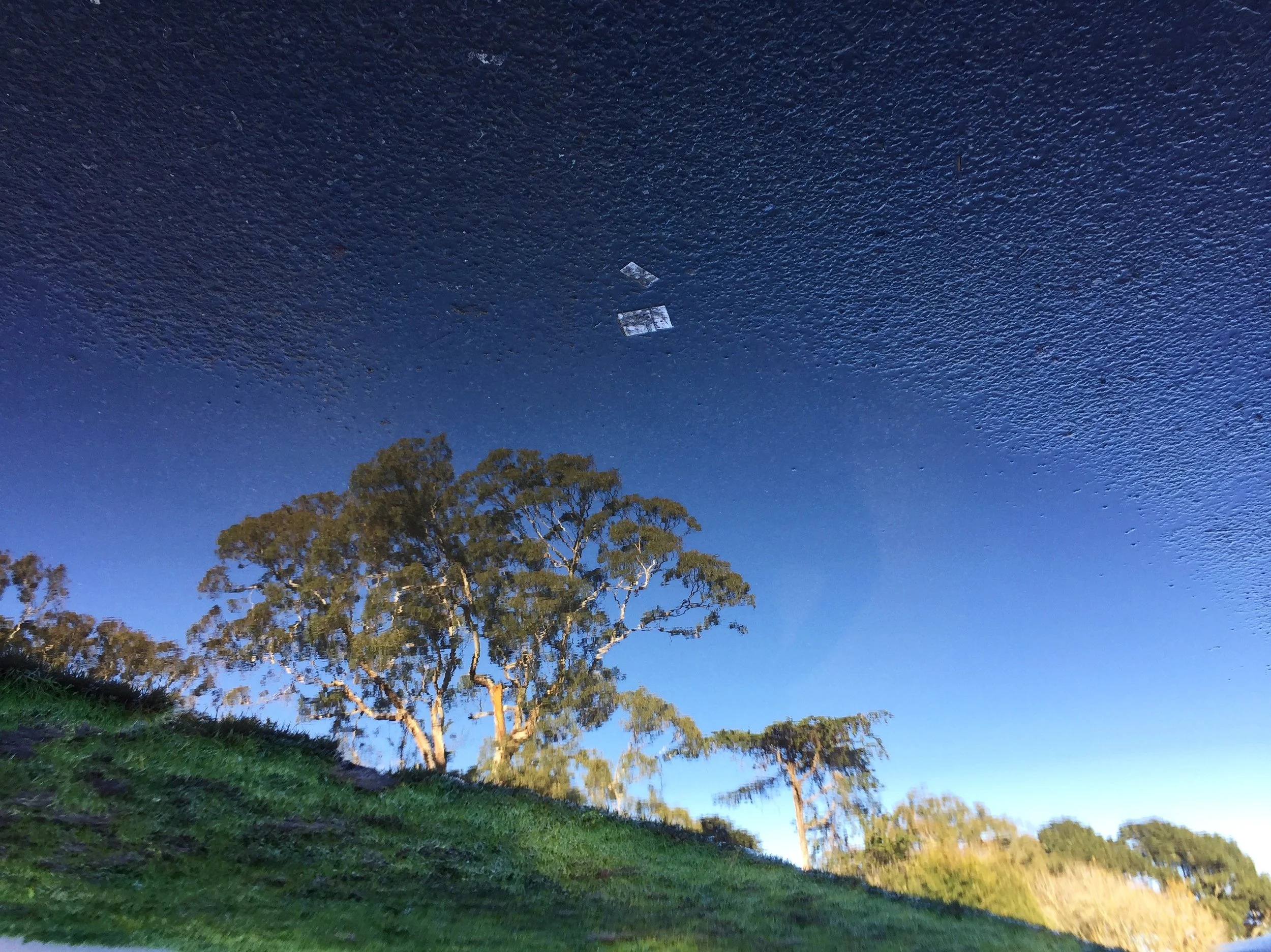GHOSTS IN THE MUSEUM
[Published in State of Things, LEAP Issue 16, August 2012]
旧金山 • San Francisco
It was hard to know where to begin. In the visitor’s guide, we were told, yellow dots indicated the approximate location of the artworks that were part of the exhibition. We could start wherever we liked. We opened the map and saw multiple dots on every floor; swaths of the first floor galleries were bathed in yellow. Then out of the corner of our eyes we spied a black, undulating wave fluttering above the courtyard: Sun K. Kwak’s site-specific installation Untying Space_Asian Art Museum, SF. 2012. It looked as if it grew from the marble floor, climbing the columns and finally settling high up on a second-story walkway that linked the elevator to museum staff offices. The exhibition had chosen for us a beginning.
We were at San Francisco’s Asian Art Museum, an institution renowned for its collection of ancient artifacts. The museum was trying its hand at something new: contemporary art. The first exhibition of its scale and ambition in the Bay Area, “Phantoms of Asia: Contemporary Awakens the Past” wanted to be more than just another group showing of contemporary art. Its curators—Mami Kataoka of Tokyo’s Mori Art Museum and Allison Harding—combed the permanent collection, picking artworks that resonated with the contemporary pieces and placing these side by side, regardless of period, material, or even subject matter. The result was a mostly successful, highly inspired journey that took the visitor from idea to idea, her senses primed to seek out the invisible.
Thirty-one artists representing 13 geographical areas—Taiwan, Hong Kong, Tibet, and China were each separately accounted for—appeared in the show. Closer inspection revealed that roughly one-third of the artists either live in New York City, received an MFA from an American institution, or were born in the US. This nexus with the United States allowed the curators to bridge the cultural divide between Asia and the West, by presenting works that have already been filtered through an American consciousness, which holds an inquisitive attitude toward Asian traditions and history. Meanwhile, the museum’s permanent collection stood ready to fill in the gaps of knowledge, making accessible specific cultural references and historical contexts.
Ambling through the galleries, I paused to admire Motohiko Odani’s “Malformed Noh Mask” series (2008). Sections of the lacquer surfaces were peeled back to reveal the musculature of human facial expressions. In the next case was a Noh mask from the museum’s collection, its lips parted and brows knotted, ready to impersonate a courtier or perhaps a wary poet. Here the inspiration was apparent, but this did not detract from the resonance of the repetition and mutation. Ever present is our human desire to preserve, to create, to resolve the uneasy tension between past and present.
In the grand scheme, this exhibition was just one show among many during a week of celebration and promotion of Asian contemporary art. Up and down the peninsula, from Berkeley to San Jose, galleries and museums made the foray to present a vibrant and complex portrait of Asia, with all its multitudes and myriad divisions. The word tradition came up often. There was much talk about survival, finding ways to live through natural disasters, dictatorships, and economic crises. And on this Fourth of July, America’s 236th birthday, it’s impossible not to wonder: what traces of American culture will remain in the next millennium?
[Image credit: Asian Art Museum]
